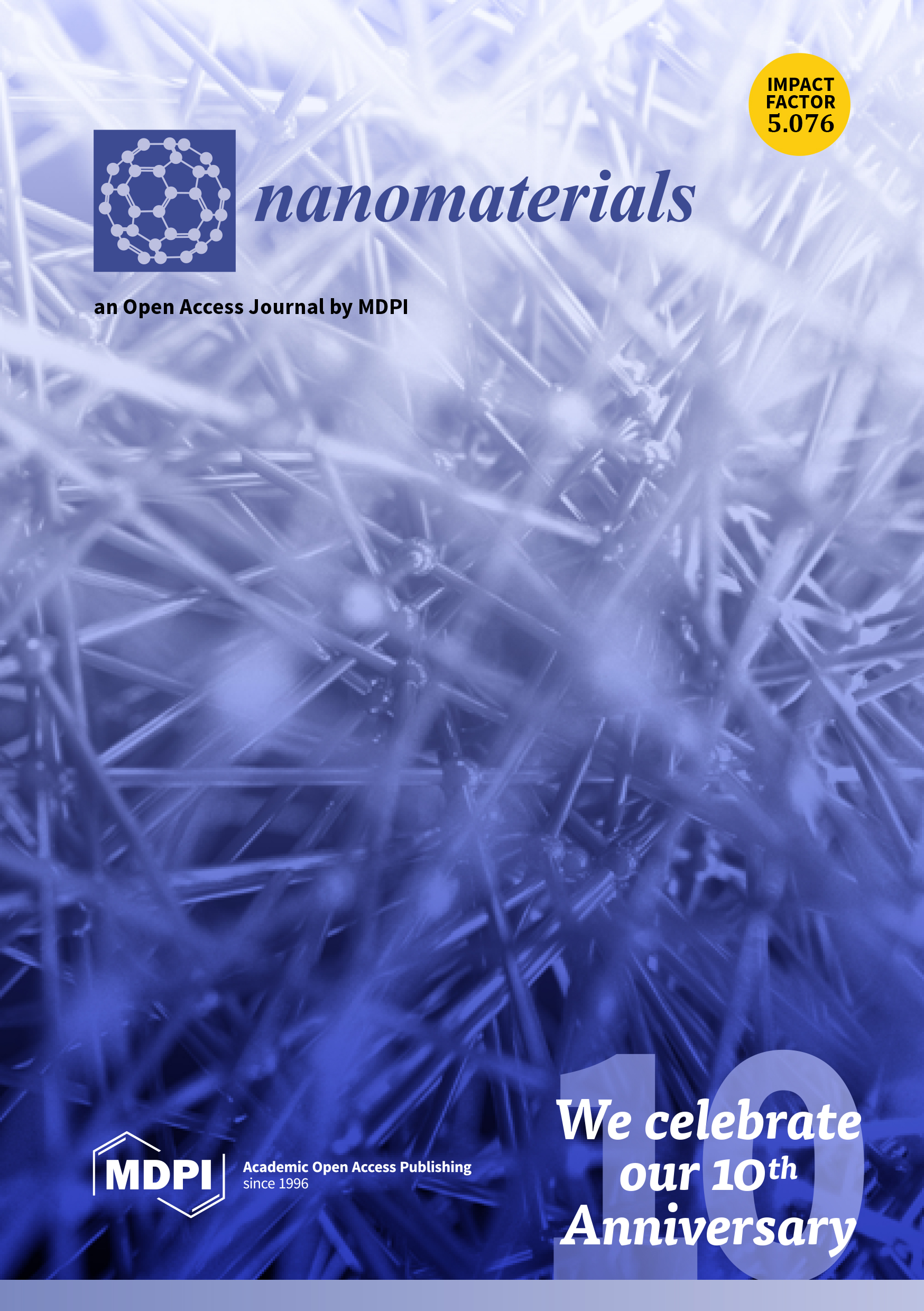SERS-Based Aptasensor for Rapid Quantitative Detection of SARS-CoV-2

The coronavirus disease 2019 (COVID-19), a new acute respiratory disease, is rapidly spreading and has already claimed the lives of nearly four million people around the world. It also had a significant influence on the world economy, put a strain on healthcare, and had a societal impact. Progressive inflammatory pulmonary cellular infiltration, hypoxemia, and the development of an acute respiratory distress syndrome (ARDS), which can lead to mortality, are all symptoms of the condition. Furthermore, because COVID-19 symptoms are similar to those of other respiratory infections, it is vital to distinguish coronavirus from bacterial and viral pneumonia caused by the influenza virus, adenovirus, parainfluenza, or respiratory syncytial virus (RSV).
In the article “SERS-Based Aptasensor for Rapid Quantitative Detection of SARS-CoV-2”, published in the Nanomaterials, our colleagues developed a fast, easy-to-use, and selective method for biosensor diagnostics of respiratory diseases. They used a colloidal SERS-based aptasensor with a new setup including changes in nanoparticle aggregation, aptamer, and target virus, i.e., SARS-CoV-2 virus.
The group created biosensors based on surface-enhanced Raman scattering (SERS). Aptamer-based biosensors, in particular, offer a high level of specificity and variability of modifications. Scientists used hydroxylamine-reduced AgNPs as a SERS substrate in this study. These silver colloids are stable and highly SERS-active, with good reproducibility in the enhancement factors obtained and the ability to store them for a long time (approximately a month) without losing their effectiveness.
The authors described the mechanism of SERS signal generation in the following way. At high ionic strength, silver nanoparticles interact well with the virus's surface proteins, forming aggregates on the virus particles. With an increase in the concentration of proteins, the aggregates of silver nanoparticles create inhomogeneities of the electromagnetic field with a local high density («hot spots») near their surface. And due to significant differences in the number of the reporter molecules near non-specific viral particles and SARS-CoV-2, the SERS signal decreases with increasing concentration of the non-specific virus, and in the case of SARS-CoV-2, it grows.
The figure depicts the experiment's concept and also describes how the SERS-aptasensor works. Because of the unique interaction indicated earlier, the target virus (SARS-CoV-2 virion, left side) accumulates more labeled aptamers, whereas control viruses (i.e., influenza A virion, right side) acquire fewer labeled aptamers for the same enhanced field from AgNPs aggregates. With larger quantities of SARS-CoV-2, SERS intensity increases, but control virus intensity decreases.
Based on the design of a direct technique for building SERS aptasensor using colloidal SERS, scientists have created a straightforward, quick method for determining SARS- CoV-2 in this study. The presented method is simple («one-step»), quick (7 minutes), and has good sensitivity and specificity. The authors of this paper are currently developing optical aptasensors for the selective detection of various viruses such as influenza, adenovirus, respiratory syncytial virus, and Newcastle disease virus.
Figure 1. The scheme of the experiment and the formation of the SERS signal. Adopted from here.

